Arbitrum has evolved from being recognized as one of Ethereum’s strongest scalability solutions to becoming a central hub for Web3 gaming. Its technical infrastructure, investment programs, and the projects that have chosen it as their home have driven an ecosystem that seeks to combine the efficiency of a Layer 2 network with the innovation of on-chain gaming.
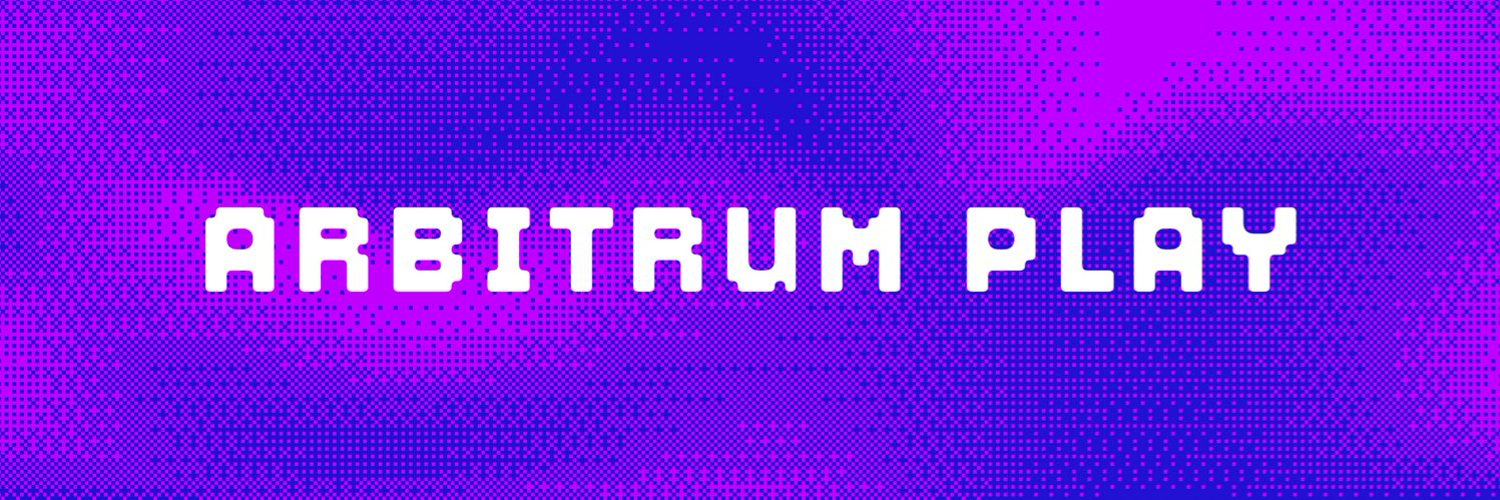
Infrastructure for Gaming
One of Arbitrum’s strengths in its gaming strategy lies in its infrastructure. The goal is clear: to provide players with experiences as smooth as Web2, but with the ownership and digital backing of Web3.
- Arbitrum Stylus allows developers to write smart contracts in languages such as Rust, C, or C++, bringing engines like Unity and Unreal closer to blockchain.
- Arbitrum Orbit enables the creation of specialized Layer 3 chains, with scalability and governance rules tailored to each game.
- This is complemented by low transaction costs, high throughput, and reduced latency.
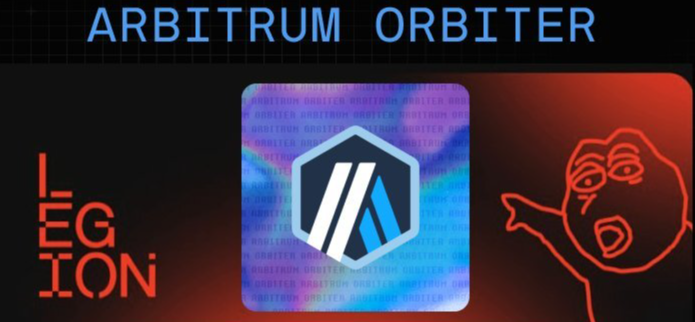
With these tools, studios can build complex titles without compromising performance.
Support and Investment Programs
Arbitrum’s consolidation as a gaming ecosystem is not only explained by technology. It is also tied to an investment strategy that has attracted studios and projects with diverse needs.
In 2024, the Arbitrum DAO approved the Gaming Catalyst Program (GCP), with a budget of 200 million ARB to support game development on the network over two years.
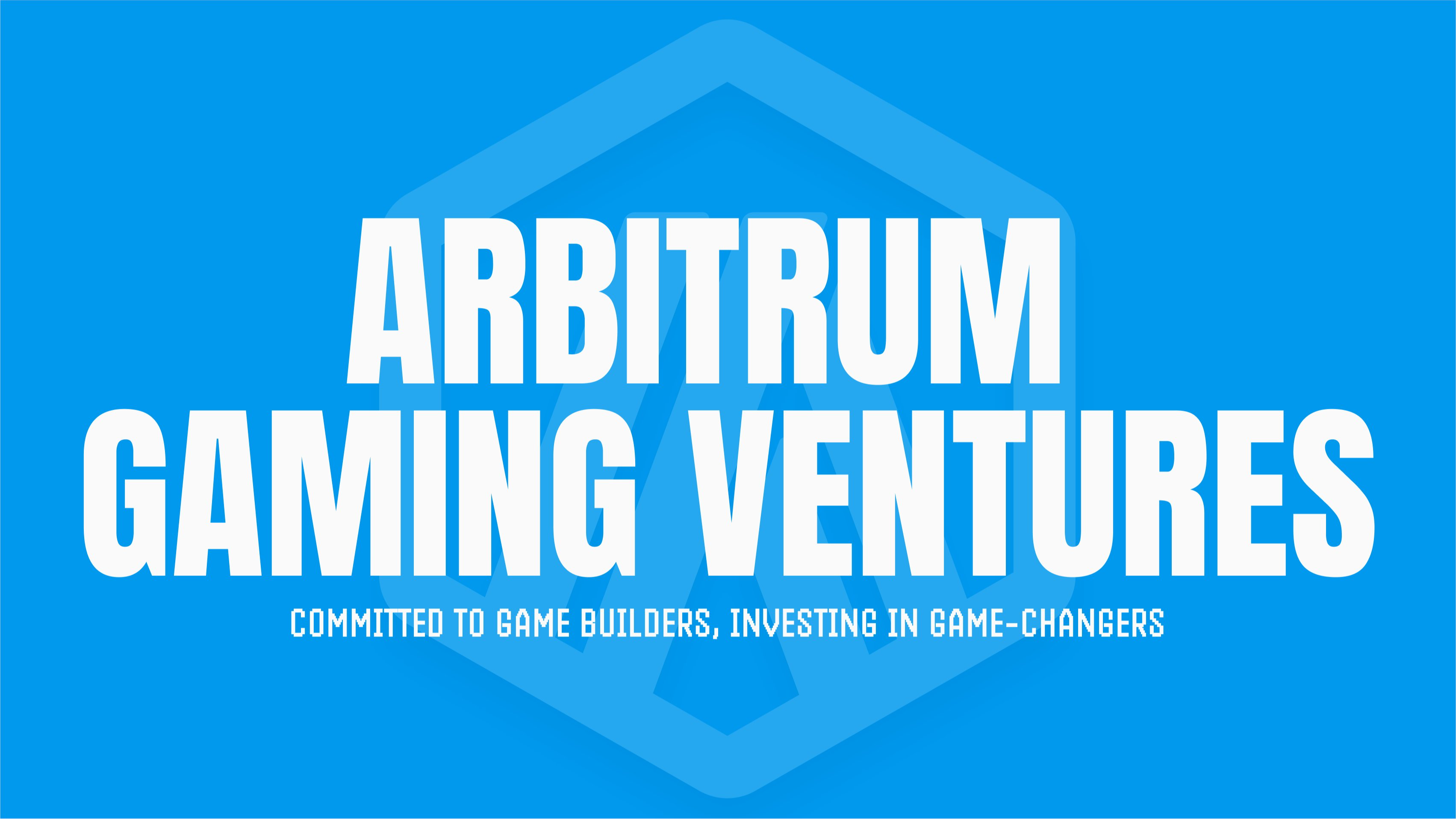
Later, in 2025, Arbitrum Gaming Ventures (AGV) emerged as a venture capital arm, announcing an initial round of $10 million invested in projects such as Wildcard, Hyve Labs, T-Rex, Xai, and Proof of Play. This initiative is supported in collaboration with recognized funds such as Paradigm, Framework, and BITKRAFT, which strengthens its global reach.
Key Projects on Arbitrum
Arbitrum’s bet on gaming is reflected in the titles that are now part of its ecosystem:
- The Beacon: a roguelite RPG with NFT-based loot, housing systems, and cooperative modes. It has become one of the most representative projects, backed by an active community.
- Footium: a football management simulator where clubs are on-chain assets. Users can manage teams, compete in leagues, and handle resources within a decentralized economy.
- RIFTSTORM: a cooperative looter-shooter that launched a public demo to showcase its Web3 gameplay potential.
- Wildcard, Hyve Labs, T-Rex, Xai, and Proof of Play: selected in AGV’s first cohort, they represent initiatives ranging from game distribution to the creation of L3 chains focused on massive scalability.
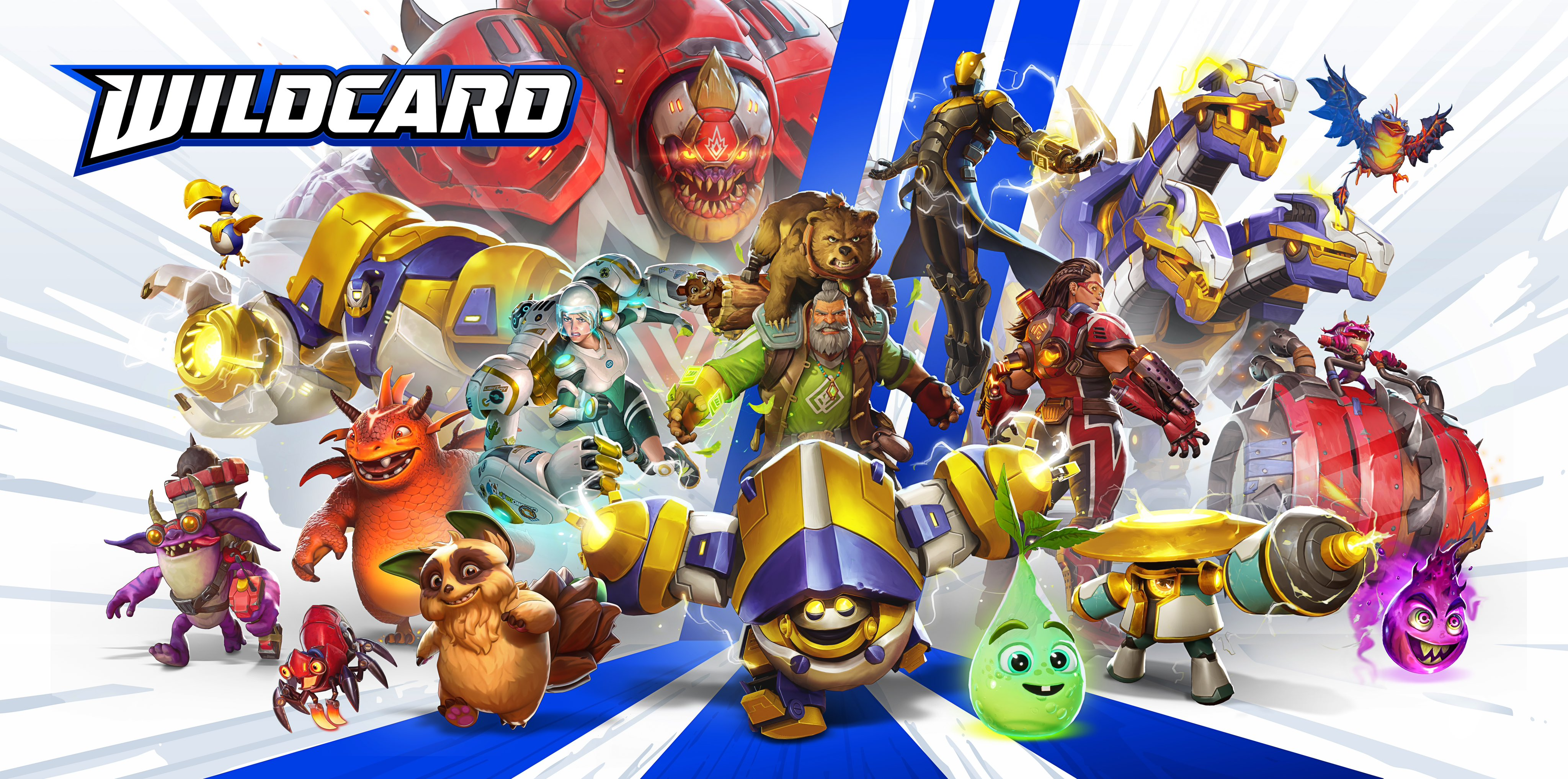
Alliances and Expansion
Arbitrum has also sought strategic partnerships to expand its presence in the industry.
In 2025, it signed a collaboration with TapNation, a mobile game publisher with over 1 billion downloads. Thanks to this alliance, titles such as Monster Squad Rush and Cornhole League integrated Web3 features using Arbitrum’s infrastructure and Sequence.
That same year, the network made a proposal to Ronin to integrate as an Orbit chain, with an offer of up to 750,000 ARB over three years. The goal: to join forces with one of the most influential chains in Web3 gaming.
The Foundation of Arbitrum’s Gaming Ecosystem
Arbitrum’s strategy in Web3 gaming combines three pillars: technical infrastructure, investment programs, and strategic alliances. Through tools such as Stylus and Orbit, support programs like GCP and AGV, and projects ranging from The Beacon to Footium, the network has positioned itself as a meeting point for video games and blockchain technology.
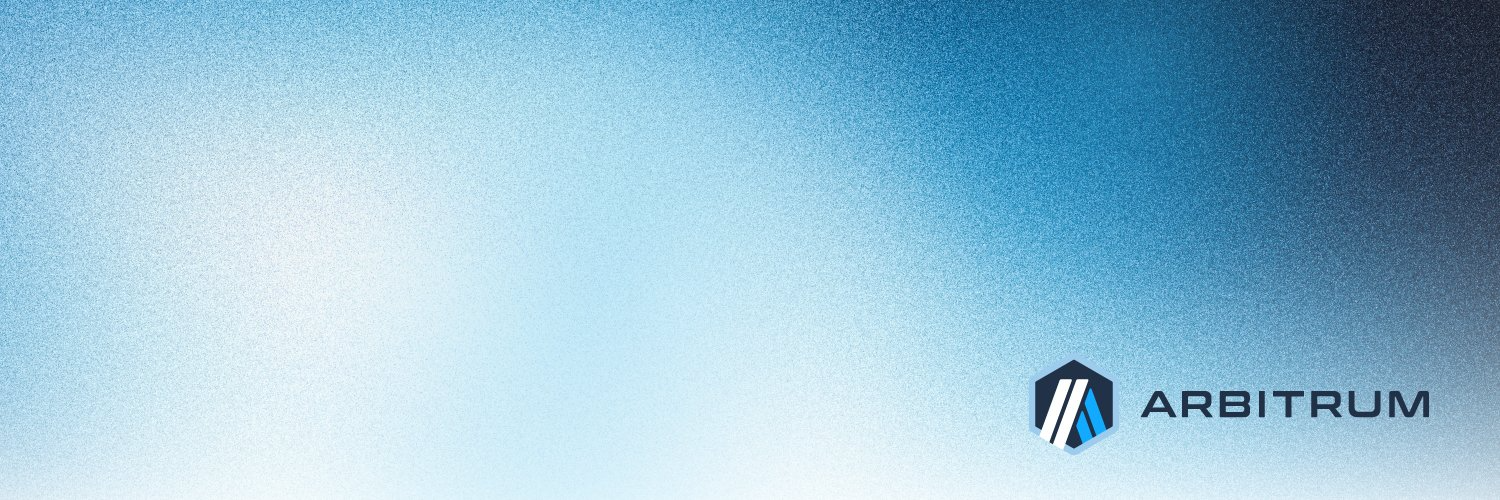
113
0
NEWSLETTER
Subscribe!
And find out the latest news
Other news you might be interested in
Etiquetas







